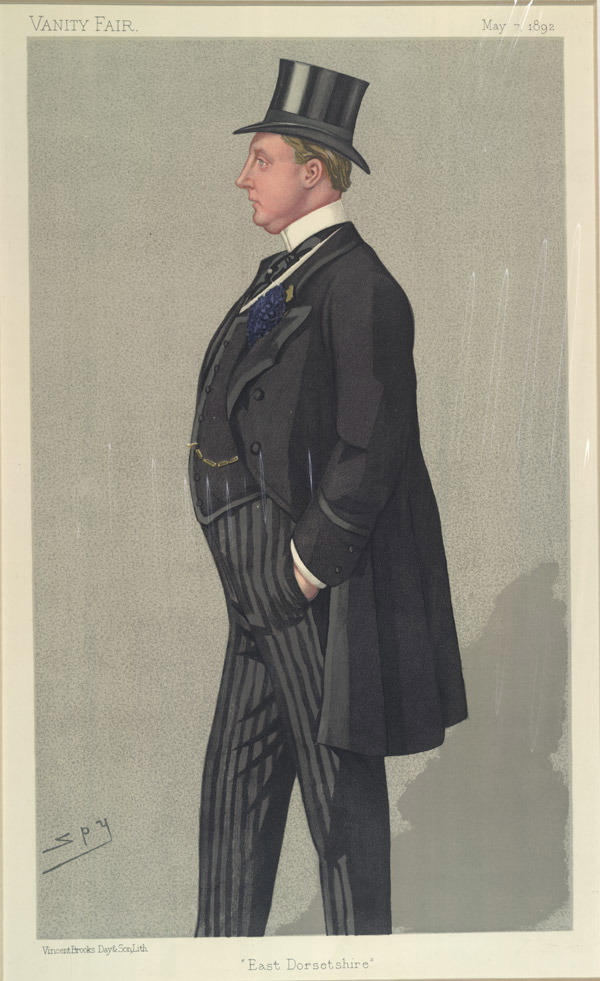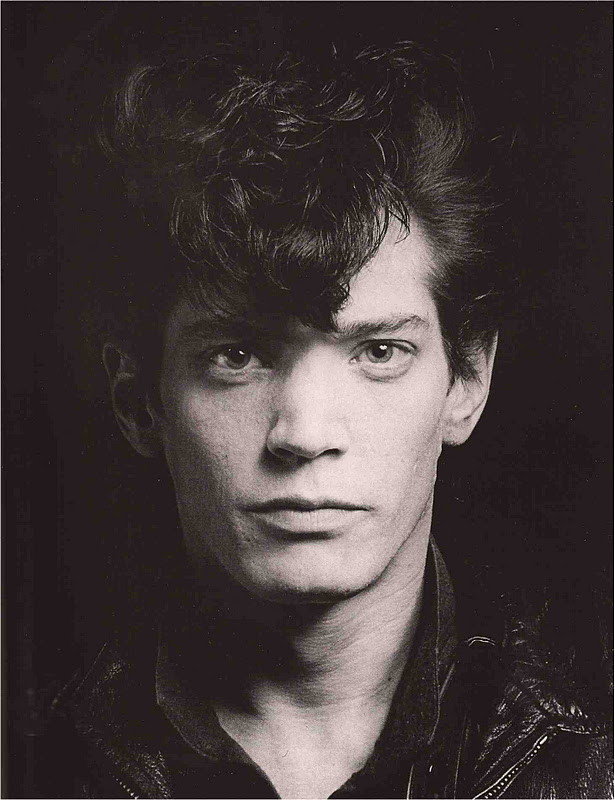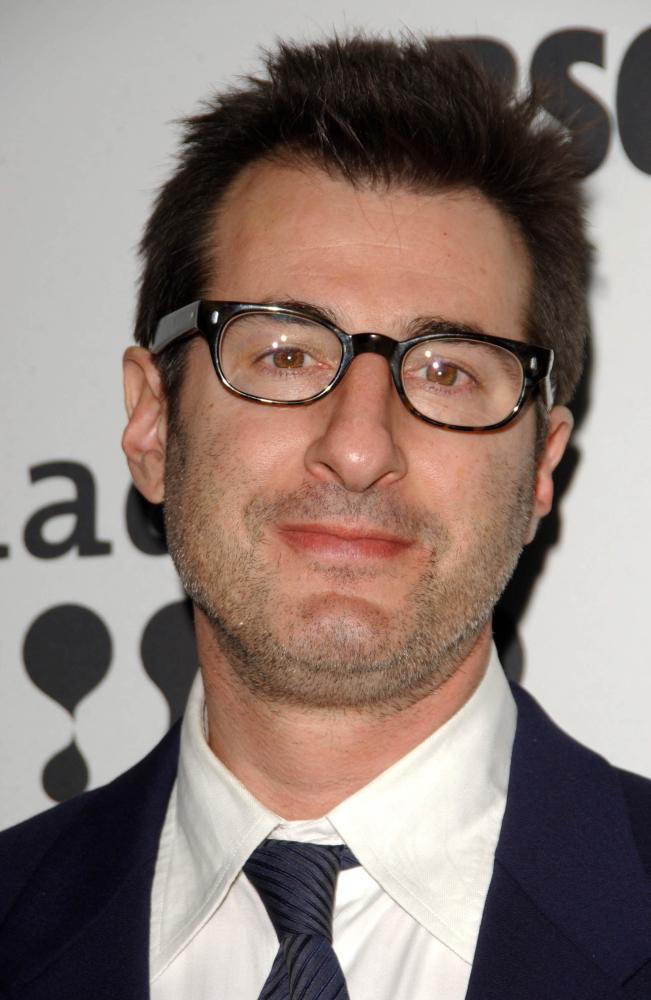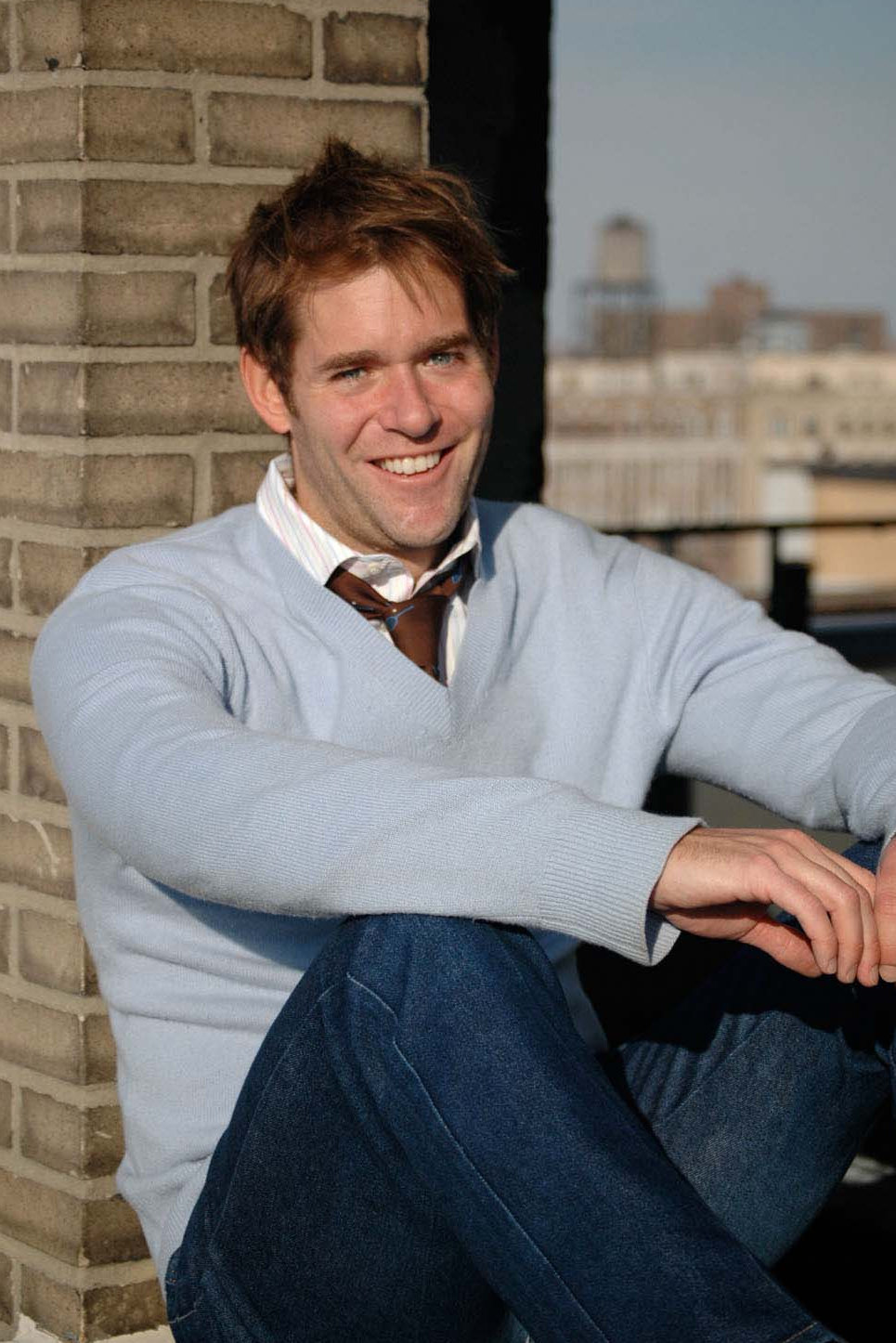|
Gay Wisdom for Daily Living brought to you by White Crane Institute ͏ ͏ ͏ ͏ ͏ ͏ ͏ ͏ ͏ ͏ ͏ ͏ ͏ ͏ ͏ ͏ ͏ ͏ ͏ ͏ ͏ ͏ ͏ ͏ ͏ ͏ ͏ ͏ ͏ ͏ ͏ ͏ ͏ ͏ ͏ ͏ ͏ ͏ ͏ ͏ ͏ ͏ ͏ ͏ ͏ ͏ ͏ ͏ ͏ ͏ ͏ ͏ ͏ ͏ ͏ ͏ ͏ ͏ ͏ ͏ ͏ ͏ ͏ ͏ ͏ ͏ ͏ ͏ ͏ ͏ ͏ ͏ ͏ ͏ ͏ ͏ ͏ ͏ ͏ ͏ ͏ ͏ ͏ ͏ ͏ ͏ ͏ ͏ ͏ ͏ ͏ ͏ ͏ ͏ ͏ ͏ ͏ ͏ ͏ ͏ ͏ ͏ ͏ ͏ ͏ ͏ ͏ ͏ ͏ ͏ ͏ ͏ ͏ ͏ ͏ ͏ ͏ ͏ ͏ ͏ ͏ ͏ ͏ ͏ ͏ ͏ ͏ ͏ ͏ ͏ ͏ ͏ ͏
|
|
||||
| This Day in Gay History | ||||
November 04Born 1896 - J.R. ACKERLEY, English writer, born (d: 1967); Arts editor of The Listener, the weekly magazine of the BBC, and an important author in his own right. He was also openly Gay, a rarity in his time. Ackerley was educated at Rossal School, a public and preparatory school in Fleetwood, Lancashire, Lancashire. While at this school he discovered he was attracted to other boys and realized he was homosexual. His striking good looks earned him the nickname "Girlie" but he was not sexually active, or only very intermittently, as a schoolboy, though there was ample opportunity. He described himself as: “a chaste, puritanical, priggish, rather narcissistic little boy, more repelled than attracted to sex, which seemed to me a furtive, guilty, soiling thing, exciting, yes, but nothing whatever to do with those feelings which I had not yet experienced but about which I was already writing a lot of dreadful sentimental verse, called romance and love.” By all accounts, he was “a writer’s writer” because he devoted a good portion of his creative years helping young writers working on their manuscripts, and assisting them to get published. His own published works are few in number, but each is perfect, a polished gem, including at least two minor masterpieces of English prose, the unforgettable My Dog Tulip, perhaps the most perceptive and moving book ever written about the mutual dependence of man and dog, and My Father and Myself, an autobiographical work that is almost indescribable because of the many layers of truth it explores, from the inability of human beings to ever understand one another fully, no matter how closely related, to a profound understanding of the nature of one’s own sexuality. Truman Capote, not one to comment lightly on other writers, called it “the most fascinating autobiography I ever read.” Ackerley’s life was intertwined with that of his friend E.M. Forster, and a greater study in contrasts cannot be imagined. Ackerley was a remarkably handsome, well-built man. Forster, as described by Virginia Woolf, was, “timid as a mouse.” Ackerley never hid his sexuality, his masculinity seemingly insulating him from gibes and insults. Any sniggering was immediately met with a blazing string of epithets, ending with “bloody pack of arse-holes.” And that usually settled it. Ackerley spent his life in quest of “the Perfect Friend,” and, there being no such critter, never found him. He waged a lifelong battle to get Forster to come out publicly, saying, “Look at Gide!” To which Forster would whine, “But Gide has no mother.” Ackerley is a wonderful, wonderful writer. Read him. 1896 - NAPIER G.H.S. ALINGTON, 3rd Baron Alington, born (d: 1940); a British peer, the son of Humphrey Sturt, 2nd Baron Allington. He succeeded to the Barony on 30 July 1919. He married Lady Mary Sibell Ashley-Cooper, daughter of Anthony Ashley-Cooper 9th Earl of Shaftesbury, on 27 November 1928. They had one child. Mary Anna Sibell Elizabeth Sturt (b. 1929); As he had no male heir, on his death, the title became extinct. He dated Tallulah Bankhead in the 1920's. Bankhead first met Napier when she was appearing in Nice People and they later resumed their affair when she moved to England. Napier was charming, reckless and bisexual. He proposed to Tallulah shortly after they met, but she was more interested in her career than marriage. Napier was killed in action during the Battle of Britain in 1940. In his Diaries, Cecil Beaton described a Tallulah "Walpurgisnacht," during a visit in May, 1937. At a small private party, "Tallulah danced frenziedly, throwing herself about in a mad Apache dance with Napier Alington. After he left, she wept and bemoaned the fact that he had never married her," but then changed course and in front of the guests "threw off all her clothes, performing what she called 'Chinese classical dances.'"
1946 - ROBERT MAPPLETHORPE, American photographer born (d. 1989); Known for large-scale, highly stylized black & white portraits, photos of flowers and male nudes, the frank, erotic nature of some of the work of his middle period triggered a more general controversy about the public funding of artworks. He attended (but did not graduate from) Pratt Institute in Brooklyn, where he majored in graphic arts. Mapplethorpe took his first photographs soon thereafter, using a Polaroid camera. In the mid-1970s, he acquired a large-format press camera and began taking photographs of a wide circle of friends and acquaintances, including artists, composers, socialites, but it wasn't until he met porn star Benjamin Green that he truly became inspired to push the envelope of sexuality and photographing the human body. Mapplethorpe was once quoted as saying, "Of all the men and women that I had the pleasure of photographing, Ben Green was the apple of my eye, my unicorn if you will. I could shoot him for hours and hours and no matter the position, each print captured the complete essence of human perfection" (New York Times). It was this relationship that inspired him during the 1980s, to refine his photographs with an emphasis on formal beauty. He concentrated on statuesque male and female nudes, delicate flower still lifes, and formal portraits of artists and celebrities. Mapplethorpe made most of his photographs in the studio. Common themes were flowers, especially orchids; portraits of famous individuals, including Andy Warhol, Deborah Harry, Richard gere, Peter Gabriel, Grace Jones and his old friend, Patti Smith and nude works that include homoerotic imagery from classic nudes to sadistic and masochistic acts. Mapplethorpe is best known for his Portfolio X series, which sparked national attention because of its explicit content and the funding of the effort by the NEA, including a self-portrait with a bullwhip inserted in his anus. His photographs of black men have been criticized as exploitive. Longtime lovers (and sexual adventurer) with curator, Sam Wagstaff, of the Wadsworth Atheneum of Art in Hartford Connecticut, the two cut an erotic and artistic swath through the New York glitterati and art scene in the 1970s and 80s the likes of which have rarely been seen before or since. Wagstaff was Mapplethorpe’s senior by precisely 25 years, having been born on exactly the same day in 1921. Both Mr. Wagstaff and Mr. Mapplethorpe died of AIDS, Mr. Wagstaff in 1987 and Mr. Mapplethorpe in 1989. 1961 - JON ROBIN BAITZ, American playwright, screenwriter, television producer and actor was born. Perhaps most recently well known as the creator and executive producer of the ABC drama Brothers & Sisters, which premiered in September 2006 and ran for five seasons, ending in May 2011. Baitz was raised in Brazil and South Africa before the family returned to California, where he attended Beverly Hills High School. After graduation, he worked as a bookstore clerk and assistant to two producers, and the experiences became the basis for his first play, a one-acter entitled Mizlansky/Zilinsky. He drew on his own background for his first two-act play, The Film Society, about the staff of a prep school in South Africa. Its 1987 success in L.A. led to an off-Broadway production with Nathan Lane the following year, which earned him a Drama Desk Award nomination for Outstanding New Play. This was followed by The End of the Day starring Roger Rees, and the Substance of Fire with Ron Rifkin and Sarah Jessica Parker. In 1991, Baitz wrote and directed the two-character play Three Hotels, based on his parents, for a presentation of PBS’s "American Playhouse", then reworked the material for the stage, earning another Drama Desk Award nomination for Outstanding New Play for his efforts. In 1993, he co-scripted (with Howard A. Rodman) The Frightening Frammis, which was directed by Tom Cruise and aired as an episode of the Showtime anthology series Fallen Angels. Two years later, Henry Jaglom cast him as a gay playwright who achieves success at an early age - a character inspired by Baitz himself - in the film Last Summer in the Hamptons; the following year he appeared as Michelle Pfeiffer’s business associate in the screen comedy One Fine Day. In 1996, he was one of the three finalists for the Pulitzer Prize for his semi-autobiographical play A Fair Country. Subsequent stage works include Mizlansky/Zilinsky or "Schmucks", a revised version of Mizlansky/Zilinsky directed by Baitz's then-life partner Joe Mantello (1998), a new adaptation of Ibsen’s Hedda Gabler (at L.A.'s Geffen Playhouse with Annette Bening in 1999, then at Long Island’s Bay Street Theater with Kate Burton in 2000, followed by a Broadway production with the same star the following year), Ten Unknowns (2001), starring Donald Sutherland and Juliana Margulies and The Paris Letter (2005) with Ron Rifkin and John Glover. His screenplays include the adaptation of his own Substance of Fire (1996), with Tony Goldwyn and Timothy Hutton joining original cast members Rifkin and Parker, and People I Know (2003), which starred Al Pacino. Baitz is the New School for Drama’s's artist in residence for the 2009-2010 school year. His play Other Desert Cities, opened at the Mitzi E. Newhouse Theater in New York on January 2011, starring Stockard Channing, Linda Lavin and Stacy Keach. Baitz wrote the screenplay for the 2015 film Stonewall. He is married to Leon Avelino. 1971 - American film producer and author PERRY MOORE was born (d: 2011); For several weeks in December 2005 and January 2006, an illustrated book written by Moore about the making of the first movie in the series, The Chronicles of Narnia: The Lion, The Witch and the Wardrobe was on the NY Times paperback bestseller list. Mr. Moore was the executive producer on the film. But Moore had a more personal mission: although he was glad that comic books had been introducing Gay superhero characters for some time, he wanted to see them portrayed in a better light. What particularly disturbed him as the death of Northstar, a member of the Marvel Comics’ X-Men, whose announcement in the Marvel comic book that he was gay made headlines in 1992. In 2005, Northstar was killed by a brainwashed Wolverine. Moore said he felt that the murder of Marvel’s biggest gay hero by one of its most popular characters had sent the wrong message. He began giving speeches in which he cited his own research showing that more than 60 gay and lesbian comic book characters had been ignored, maimed or murdered. “Yes, bad things happen to all people,: Mr. Moore said. “But are there positive representations of gay characters to counterbalance these negative ones?” His answer was “Not enough.” So Moore wrote Hero (2007), a novel about Thom Creed, a teen-ager coping with high school, a strained home life and his budding superpowers as well as his sexuality. The book won the 2008 Lambda Literary Award as the best novel for young gay and lesbian adults. Moore lived in New York City with life partner Hunter Hill, a writer for Paper magazine. Moore was also a Christian and spoke publicly about his faith. According to family members, Moore had suffered knee and back problems before his death, which required pain medication and corrective surgery, but which he had put off to continue working. Moore died on February 2011 at age 39 of a drug overdose, his body discovered by Hill in their SoHo apartment. His death was attributed to a lethal combination of benzodiazepine, methadone and morphine. Having died unmarried and intestate, Moore's parents inherited his estate, including his share of a Manhattan residence, co-purchased with partner Hunter Hill in 2008. In 2012, Moore's parents asked the court of jurisdiction to require Hill, who remained in possession of the home, to either pay the estate's share of the estimated value or liquidate the asset | ||||
|
|8|O|8|O|8|O|8|O|8|O|8|O|8|O|8| Gay Wisdom for Daily Living from White Crane Institute "With the increasing commodification of gay news, views, and culture by powerful corporate interests, having a strong independent voice in our community is all the more important. White Crane is one of the last brave standouts in this bland new world... a triumph over the looming mediocrity of the mainstream Gay world." - Mark Thompson Exploring Gay Wisdom & Culture since 1989! |8|O|8|O|8|O|8|O|8|O|8|O|8|O|8| | ||||
|
|||||
|






